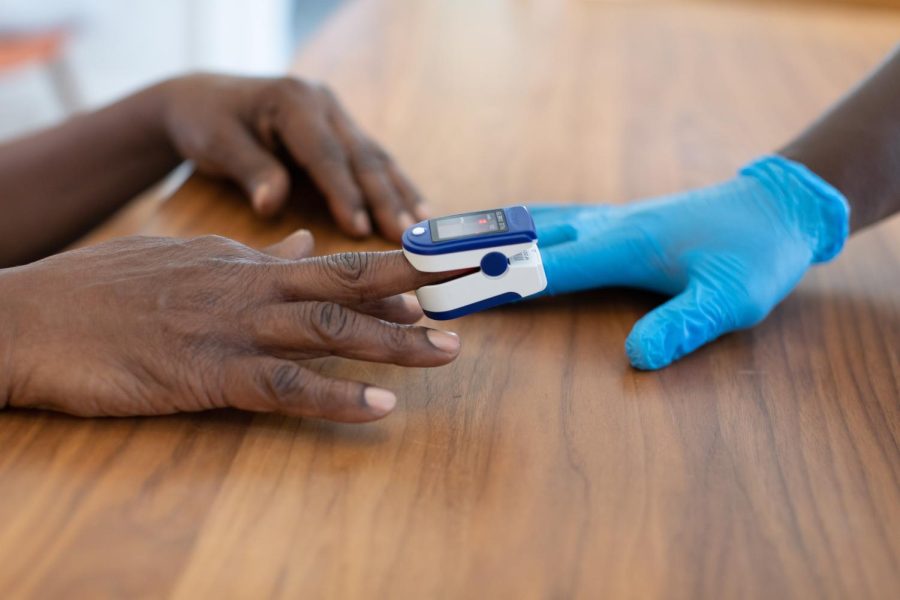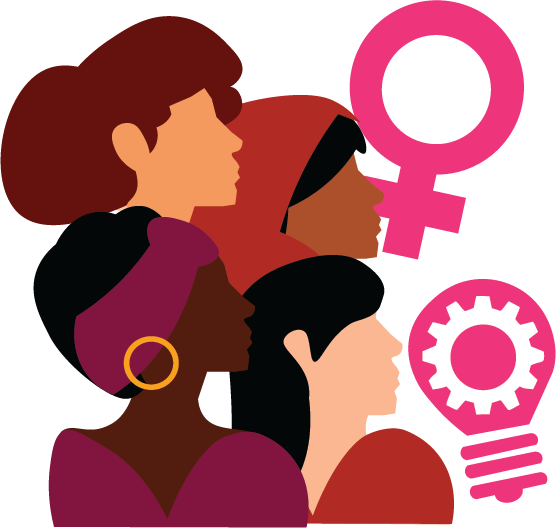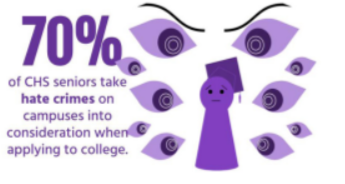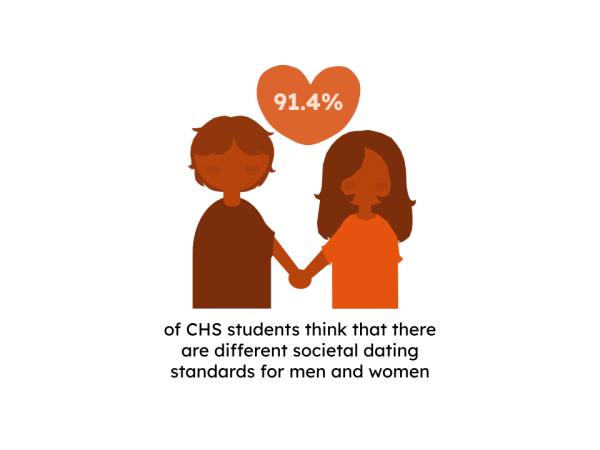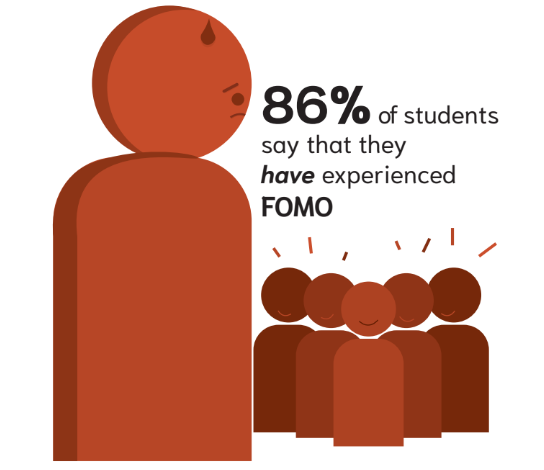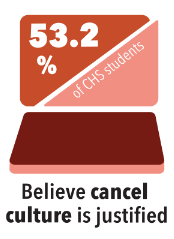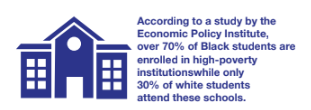Racial disparities in healthcare
UNSPLASH PHOTO COURTESY OF Nappy
Racial and ethnic minority populations experience higher rates of poor health. https://unsplash.com/license
June 16, 2022
Racism seeps into all layers of American society, spreading to every corner of the country – even into the healthcare system.
According to the Centers for Disease Control and Prevention (CDC), racial and ethnic minority populations experience higher rates of poor health when compared to their white counterparts. The life expectancy among Black Americans is four years lower than that of white Americans.
The sizable difference between the level of care that white Americans and Black Americans receive in the medical world is known as healthcare disparity.
As the COVID-19 pandemic broke out, disparities in the healthcare system were quickly illuminated through the disproportionate amount of cases afflicting the Black community.
The CDC found that Black Americans are 1.7 times more likely to die from the virus than white Americans, with the reason being socioeconomic status and barriers to healthcare.
Predominantly Black communities have traditionally experienced more poverty than white communities, with the roots of this problem dating back to New Deal-era policies. In 1934, the Federal Housing Administration refused to insure mortgages in or near Black neighborhoods – a process that became known as “redlining.” Black Americans were forced to live in housing projects and low-income neighborhoods which now create environments for diseases, such as COVID-19, to flourish and increase risk of exposure.
According to the U.S. Department of Labor, Black individuals make just 76 cents to every dollar made by white individuals. This pay gap makes it easy to trace back the deep rooted problems that cause disparities in healthcare today.
As the fight for healthcare equity continues, the recently leaked Supreme Court draft that would overturn the landmark Roe v. Wade ruling has caused great distress for minorities, especially Black women.
According to the National Library of Medicine, women in minorities and/or have a low socioeconomic status have disproportionately higher rates of abortion than women who are white and/or have a higher socioeconomic status. Despite this, women of minorities have limited access to safe abortions.
Most abortions today are carried out by a two pill system, which was approved to be mailed and administered at home early on in the Biden administration.
For white individuals, this delivery didn’t garner a second thought. For Black Americans, who have a five times higher drug incarceration rate than white Americans, according to The Sentencing Project, this was yet another indication that the healthcare system was created without them in mind.
Although the Supreme Court’s ruling is not set in stone, the possible overturning of Roe v. Wade has faced backlash, with emphasis being placed on the Black women who will be affected most by the ruling.
The abortion discussion and overall disparities in healthcare have created an understanding of yet another often overlooked facet of racism — medical racism, a disease of its own.



